Greening of Deserts
with multifunctional agroforestry
with water management
& without irrigation
This is an agroecological solution:

Greening with
Edible, multi-diverse, multifunctional, tree-based, horticultural agriculture:
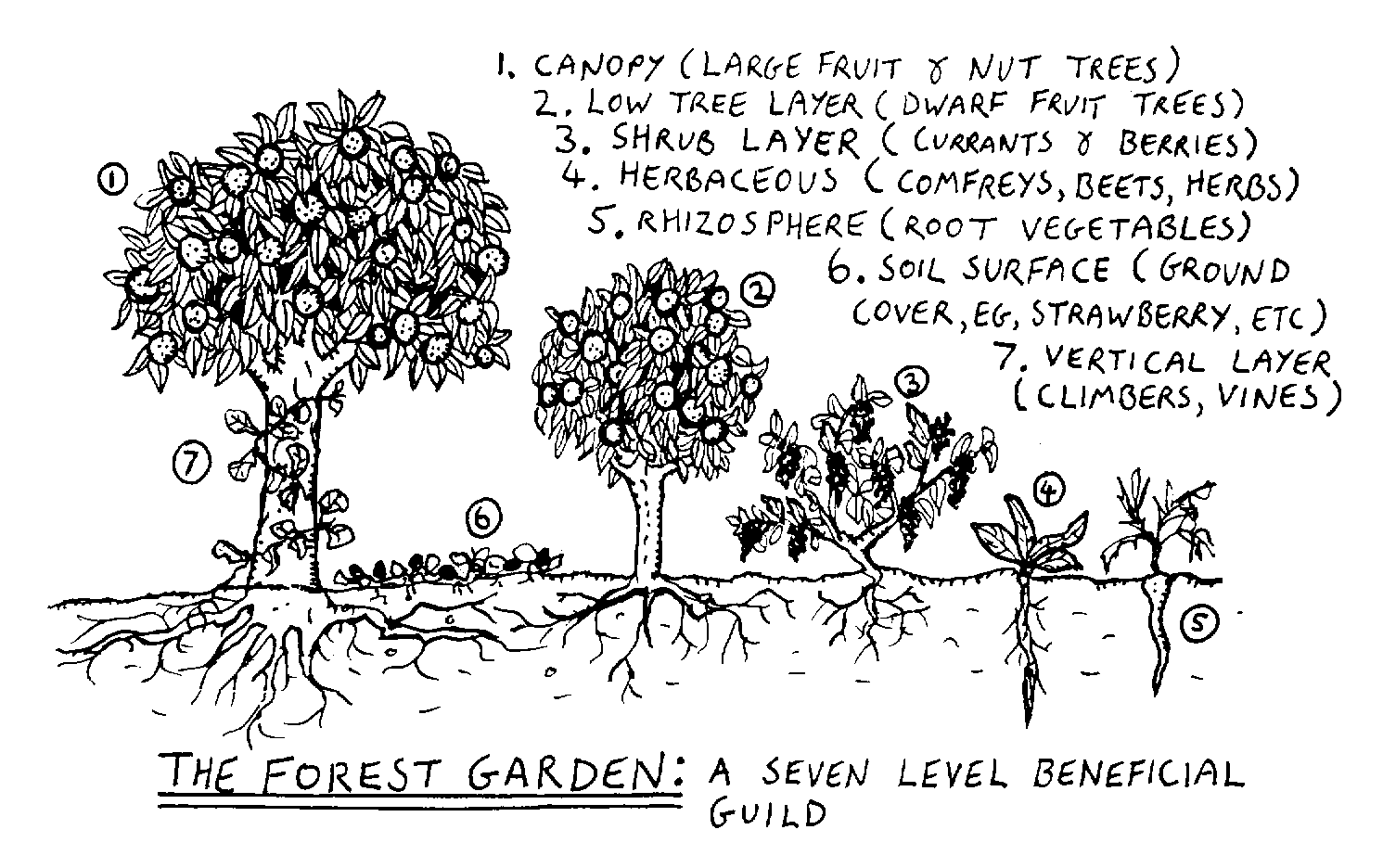
- ecosystem service plants for
- collect atmospheric nitrogen,
- water
- minerals & trace elements
- habitat for all kind of organisms, (microorganisms, bacteria, fungi, worms, insects, birds, etc.)
- climate, water cycles (condensation and evaporation)
- in the air
- between the plants in the air
- between the roods of the plants in the soil
- Examples: Canary Island pine
- edible plants as
- nut trees,
- fruit trees,
- shrubs (currants & berries),
- herbaceous (beets & herbs),
- rhizophere (root vegetables),
- soil surface (edible ground cover),
- vertical layer (climbers, vines),
- mycelial fungal layer,
- wetland aquatic layer
In the beginning, when very little moisture is retained in the microclimate, it is plants such as the particularly drought-resistant or the Canary Island pine that are much more efficient at managing the various forms of moisture (dew and water), condensing many times the amount of water on their surface than they need themselves and thus supplying other plants and living organisms of all kinds with moisture.
Later, when – little by little – the humidity in the microclimate increases and stays longer, plants that need more and more moisture can be sown and planted without any problems.
If there is sufficient moisture between plants and plant roots – it is often the dew, caused by condensation during the night due to high temperature fluctuations, that provides the plants with sufficient moisture.
With more moisture and thus – gradually – more vegetation, more dead organisms are produced, which in turn are first decomposed by soil organisms and then built up into humus. This growing humus brings and retains water, oxygen and nutrients to and in the soil – and provides further living space in the soil.
This knowledge is urgently needed for:
Farmers, especially local sheep and goat farmers, medicinal plant growers and collectors, foresters, gardeners, permaculture experts & nature conservationists and all inhabitants of arid and semi-arid areas, as well as any interested person, scientists & practitioners.
What do they need?
Agriculture of the future consists of 4 Goals and Challenges
- Productivity
- Stability: Short-, medium- and long-term stability
- post-fossil solution
- in times of climate variability
which „must“ be solved together in order to be future proof, sustainable, viable for the future and – as nature teaches us as our supersystem – can also be solved relatively easily by closing cycles, synergies, etc.
How do we get there,
especially in deserts, semi-deserts and deserted, desolate, desertificated landscapes in all climate zones?
- Start to plant a wide variety of plants, so that there are synergies between the different organisms in the ecosystem for productivity and stability of the ecosystem.
- Use the available water through clever water management:
- Water in the air through condensation due to large day and night temperature fluctuations in deserts, semi-deserts – through dew! – to nourish plants.
- Water that falls on the surface of the earth from the air onto the ground – to start vegetation of plants – even if it only falls in extremely small quantities and only every 3 years. and according to current scientific knowledge, over 60% of the world’s deserts are directly or indirectly man-made.
Stone deserts can be revived with very little effort, without irrigation. With:- 1. approx. 30 cm large dams (+/ -, depending on individual precipitation), every 20 cm contour line, 100% horizontal, subdivided, created with a simple spade (simple plough). Together with
- 2. targeted, diverse, diverse seeds & plantations, multifunctional, for people & ecosystem together new vegetation is created by infiltrating water and dew, and later also increased precipitation. (The colonization of sandy deserts works somewhat differently, according to the same principles and mechanisms). Here, too, it is always a matter of activating natural functioning system cycles. Multifunctional agroforestry systems bring hope and perspectives for future generations and thus, counteract the rural exodus.
- Water that falls on the surface of the earth from the air onto the roofs of houses or tents, photovoltaic systems, roads and squares, etc. – this water – after a coarse water filter – is suitable for washing people (showers), clothes, cleaning, dishwashing, etc.
- Water in the soil that enable the growth of plants and all kinds of other living organisms that live together with plants in the soil and have synergies. Other creatures that need water for their metabolism, for their nutrition and maintenance and to provide or support the nutrition and conservation of plants.
Our simple solution ideas for greening with
1. ecosystem service plants &
2. edible plants on over 60% of deserts quickly and efficiently
Project idea:
Gathering all Experts
At several locations worldwide, starting in Dubai, United Arab Emirates, teams of experts (approx. 10-20 or more, everyone welcome) from different countries and continents will demonstrate the different revegetation methods they have developed and used
1. both in a single plot and
2. in a community plot combining the methods
so that everyone can see, learn and experience the benefits of each method – and the possible synergies by combining the methods and the principles and mechanisms behind them.
Of course, anyone can use this knowledge and experience now to start anywhere now, even without scientific support.
The goal:
To publicize techniques at the “Desert COP” (Dubai)
If possible, inaugurate 3 plots, especially as a change for desert countries to present their know-how, (also media-effective)
3 strips of land are found in the United Arab Emirates and elsewhere:
- Ca. 20ha for individual methods by teams of experts (1 ha x approx. 20 or more)
- Ca. 20ha for combinations and synergies of individual methods
- Ca. 5ha for planting action with personalities in the United Arab Emirates and other countries
The goal of our joint campaign:
To share existing knowledge and experience worldwide on how we can green deserts together with very limited resources. Helping people to help themselves.
In Dubai:
Starting ceremony / Seed exchange / Expert interviews on site
Online: Websites / podcasts with experts / film, TV, radio / media & Social Media
Positive impact on the climate:
2 of 6 climate influencing factors are strengthened by greening deserts with water management & without irrigation:
Tree vegetation & water cycle
Please contact us for further interest: click here!
Important:
- Sufficient water must be available for seeds to germinate (e.g. through condensation on stones, other vegetation, some rain)
- Involve local livestock owners on an equal footing and explain the purpose and alternative
- First Step is that the local team works out the local solution in detail with the local owners of animals, mostly goats and sheep, as partners on an equal footing.
- Second Step is to convince the local population of the sense and usefulness for them, there animals and there short, medium and long-term perspective – for example by planting or sowing locally valued medicinal and medicinal plants (of the desert dwellers) – also economic perspective.
- Third Step is to convince the local population that it is necessary to temporarily expose only the area to be greened to grazing so that the plants already present on the site and the additional useful plants introduced can grow to a certain minimum size (and are not immediately eaten up and the microclimate and vegetation immediately destroyed again).
- It is also possibly to give local population, livestock owners incentive (through locally known and valued medicinal plant cultivation and utilization) or financial compensation.
1. The Term: Multifunctional Agroforestry Systems and their Potential:
Multifunctional agroforestry systems consist of 3 main elements as a holistic solution:
- Extremely high species diversity brings highest productivity and maximum stability of ecosystems through synergies. They serve mankind directly and indirectly through various direct products and in particular, through indirect products and services
- Vegetation and especially tree vegetation brings extreme surface enlargement on the earth’s surface for water cycles, for the evaporation and condensation of water to dampen the climate on the earth’s surface, in the air and in the soil. For the good and fast, worldwide implementation, we need in addition to these findings:
- future-oriented and sustainable, holistic learning, didactics, communication -> problem and conflict solving by
- knowledge
- experience
- understanding learning.
1. curiosity-based, enjoyable, joyful, with heart,
2. with individual learning speed and
3. with all senses.
All significant results of agro-ecological research of the last decades, especially of the last years worldwide show:
Maximum stability and highest productivity can only be achieved through the extremely high species diversity of multifunctional agroforestry systems. This solves problems in the shortest possible time for agriculture and for the economy, for society, for the environment & for the climate – for individual farms, regions, countries, continents and the entire earth, especially for desert regions and devastated soils.
Those systems are serving mankind directly and indirectly through the synergetic cultivation of diverse plants, especially perennial plants, on one area. The vertically more efficient use of cultivated land at different levels, above ground an in the soil, above and next to each other, locally with trees, bushes, shrubs, perennials, climbing plants and annual plants and their roots together with the various organism living together with them in the ecosystem bring the highest productivity, local and regional supply (through short transport distances), security of supply independence, highest biodiversity – also through the increase in wild plants and wild animals – and thus maximum stability.
Multifunctional agroforestry systems create, also through a subdued climate, much more life-friendly living, learning and „work“ spaces for all living creatures – including humans. This is achieved through considerably higher soil and air humidity, maximum evaporation and condensation surface of the trees and local water cycles (literature: Appendix 1). They often make the habitat between gaseous air and solid ground possible in the first place and enlarge it considerably.
The direct benefits consist of products such as nuts, fruit, (also perennial and winter) vegetables, medicinal & spice plants, fodder plants for animals and renewable raw materials such as wood, fibres, oils & fats and basic materials for the chemical industry, packaging, etc.
The indirect services consist of products & especially services also for people. Many, diverse cultivated plants provide indirect services with diverse wild plants, pets, (also huntable) wild animals, together with living creatures such as microorganisms, bacteria, fungi, worms, insects, birds, etc. that support each other. Small creatures dissolve minerals and trace elements from the rock as a building block for themselves and all other living beings. Some of them double every 20 minutes and thus also excrete twice the amount of nutrients for all other living things in the entire food chain. For example, they collect atmospheric nitrogen as a nutrient from the air, so that there is no further need for nitrogen in the ecosystem (nodular bacteria (rhizobia) or cell filamentous bacteria (e.g. Frankia alni) with papilionaceous plants, alders, broom, Elaeagnus, robinia, etc.).
Domestic and wild animals, in numbers adapted to the habitat, distribute seeds, bacteria, frog and fish spawn, etc. Insects like bees pollinate plants. Ants divide and transport, among other things, dead plant parts. Various soil organisms, such as earthworms, bacteria, etc. convert these plant parts into nutrients. Plants together with other living organisms provide humans with information about the state of the ecosystem, e.g. with indicator plants. They loosen and clean the soil, water and air, also in cities or in the countryside. Through this cooperation and relationships plants enable and create their services. Only through this diversity and the manifold tasks of plants is it possible to preserve the cultivated natural landscape with these successes.
This brings maximum stability and highest productivity. Optimal cultivation with harvesting, processing and marketing possibilities that already exist or can be easily modified maximizes productivity per square meter. This leads to a long -term increase in yield and value of the area, which is closely related to the original CO2-binding natural planting. The scalability is also possible for large-scale cultivation. Tenants and owners have less effort and therefore lower costs; as the process of ripening and the associated energy input and the (possible) loss of topsoil and destruction of soil structure are also avoided.
2. In Times of Climate Change Multifunctional Agroforestry Systems can reach
- additional stability and productivity
- in the agriculture, the economy, the society and the ecosystems
- in the climate on the earth´s surface and our habitat
This diversity and complexity provide the soil with better protection against erosion (soil, humus erosion, leaching, blowing out), manmade devastation, extreme weather, extreme temperatures, strong winds, fire and water. Covering the soil with plants (including mulch) provides protection against evaporation. Due to the extreme increase of the evaporation and condensation surface of the plants – especially the trees – the humidity between trees and humidity between the roots of the trees increases. This means that irrigation is not necessary. This also means that multifunctional agroforestry systems have amuch lower (forest) fire risk than monocultures and simple agroforestry systems. Humus formation creates a water reservoir, oxygen reservoir, nutrient reservoir and habitat for soil organisms (bacteria, soil fungi, mycorrhizae, worms, …). Due to lower
extreme temperatures in the ecosystem, the harvest becomes more stable and productive, thus significantly increasing food and supply security. At the same time carbon is bound with the humus build-up. Thus, agriculture is transformed from a CO2-emitting to a CO2-binding (CO2 sink). The oxygen-releasing plants, together with nitrogen-binding microorganisms and mycorrhizae enrich soil life. The prerequisite for this is that the soil life is not heavily modified. This results in an increase in yield and value of the site. Productivity and stability are increased: The self-regulation of the system, through less external effort, leads to lower costs and builds up the habitat, also to the delight of beekeepers, hunters and conservationists.
(Reduced biodiversity automatically means much less synergies and less self-regulation of the system, thus less fertile multifunctionality and much less stability and productivity)
3. Ways to get there
Until 12000 years ago, no crop in the world was cultivated with mainly annual plants. Many annual crops such as cereals, rice, corn, potatoes (and cassava) are also very starchy. This readily available starch is converted into sugar in the human body and leads to considerable health problems (such as diabetes).
Perennial plants – the main component in multifunctional agroforestry systems – tend to have a higher mineral and trace
element content due to their longer roots and thus serve to improve human health. Through the vertically more efficient use of the cultivated area and by increasing the area under cultivation through the greening of devastated areas with multifunctional agroforestry systems without additional irrigation, considerably more food can be produced with a tendency towards healthier quality. As a result, considerably more people can be fed and fed in a healthier quality than today. And this in a more environmentally friendly form. In multifunctional agroforestry systems without animal husbandry, farmers are free from daily supply obligations. Perennial plants reduce the effort required.
4. The request
To promote multifunctional agroforestry systems of greater diversity in the various categories of plants, which brings additional productivity and stability for the individual farm and society, can be regulated in a subcategory details of the support for this type of permanent crops. For the additional support and promotion of multifunctional agroforestry systems, future oriented and sustainable, holistic learning, didactics, communication, also further education of all interest groups, stakeholders with all possibilities of modern media is possible and necessary. An adapted subsidy scheme to support the investment costs of setting up such systems is also essential. This way we do not lose any time. Here, through intensive cooperation between civil society and state administration, the goal can be easily achieved and learned from the ecosystem. Particularly among the challenges such as the CoVid-19 pandemic, forest gardens (literature: Annex 2), forest kindergartens, forest schools, forest universities, forest further education institutions and urban forest gardens (literature: Annex 3) offer new, resource -saving and community-promoting perspectives for all generations. Any alternative to multifunctional agroforestry systems is much more expensive (in the short, medium and long term), much less productive and much less stable for the farm as an individual, for the supply of the society as a whole and for the climate. Therefore, the promotion of non multifunctional approaches is not appropriate. An adapted subsidy scheme to support the investment costs of installing such systems is also target -oriented.
With multifunctional agroforestry systems we will together achieve a large part of the 17 Sustainable Development Goals (SDGs) of the United Nations (UN) for 2030, signed by all 193 countries, by 2030, if these criteria are taken into account in the detailed regulations.
Further information
innovative sustainable harvesting methods – including new, digital ones – can be used for the new management technologies, which create a potential for new jobs in rural areas.
Multifunctional agroforestry systems bring hope and perspectives for future generations and thus counteract the rural exodus.
Annex:
Annex 1: Further information on climate, tree vegetation and water cycles: www.waterparadigm.org
Annex 2: Further information on biodiversity for stability and productivity of (agricultural) agroforestry ecosystems 1998 – 2019: Prof. Dr. Martin S. Wolfe, (+), www.wakelyns.co.uk, also www.agroforestry.co.uk
Annex 3: Federal Association of Nature and Forest Kindergartens in Germany www.bvnw.de/weltweit, Urban forest gardens www.urbane-waldgaerten.de
Our project can have a strong positive impact on the following sustainable development goals:
Direct impact:

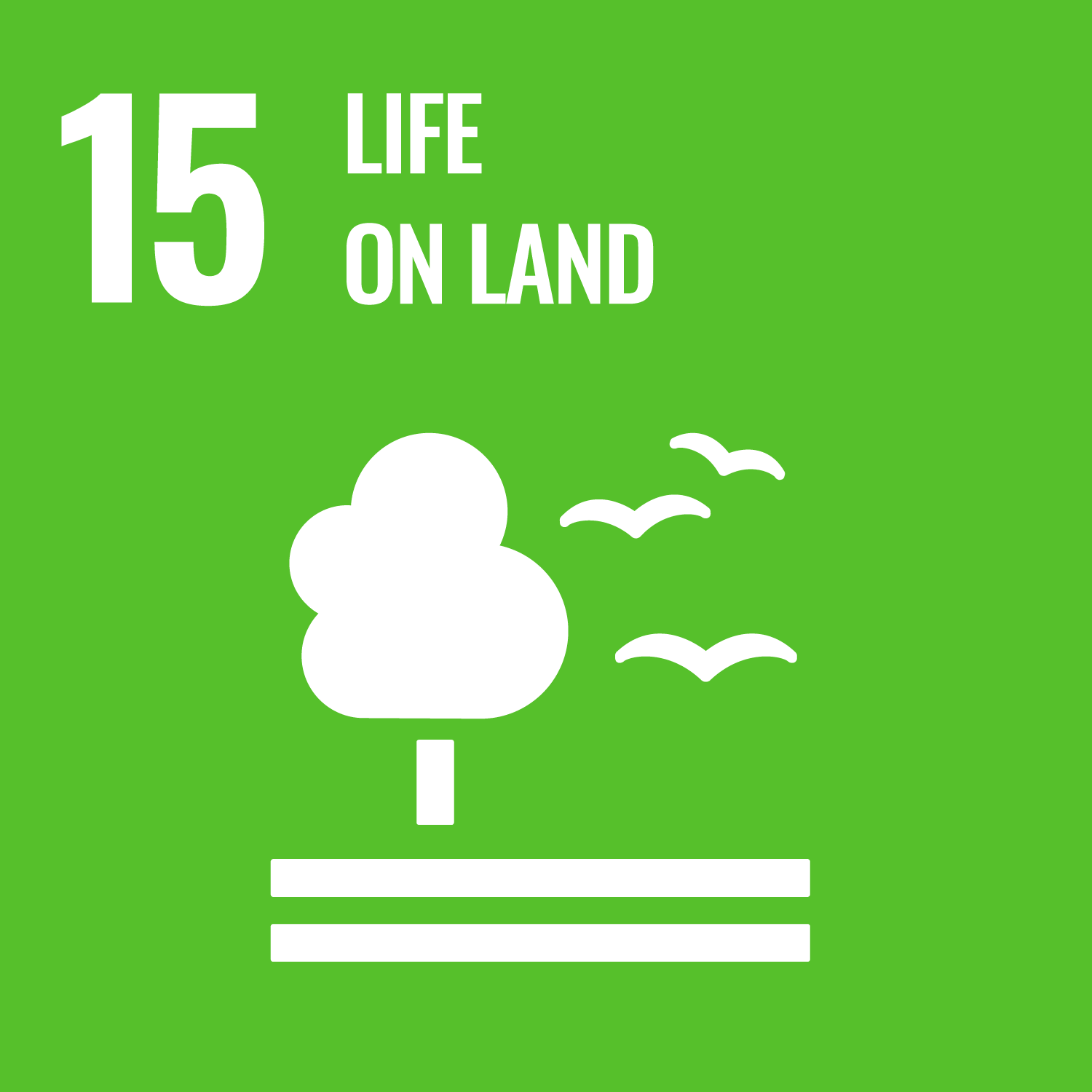

Indirect impact:

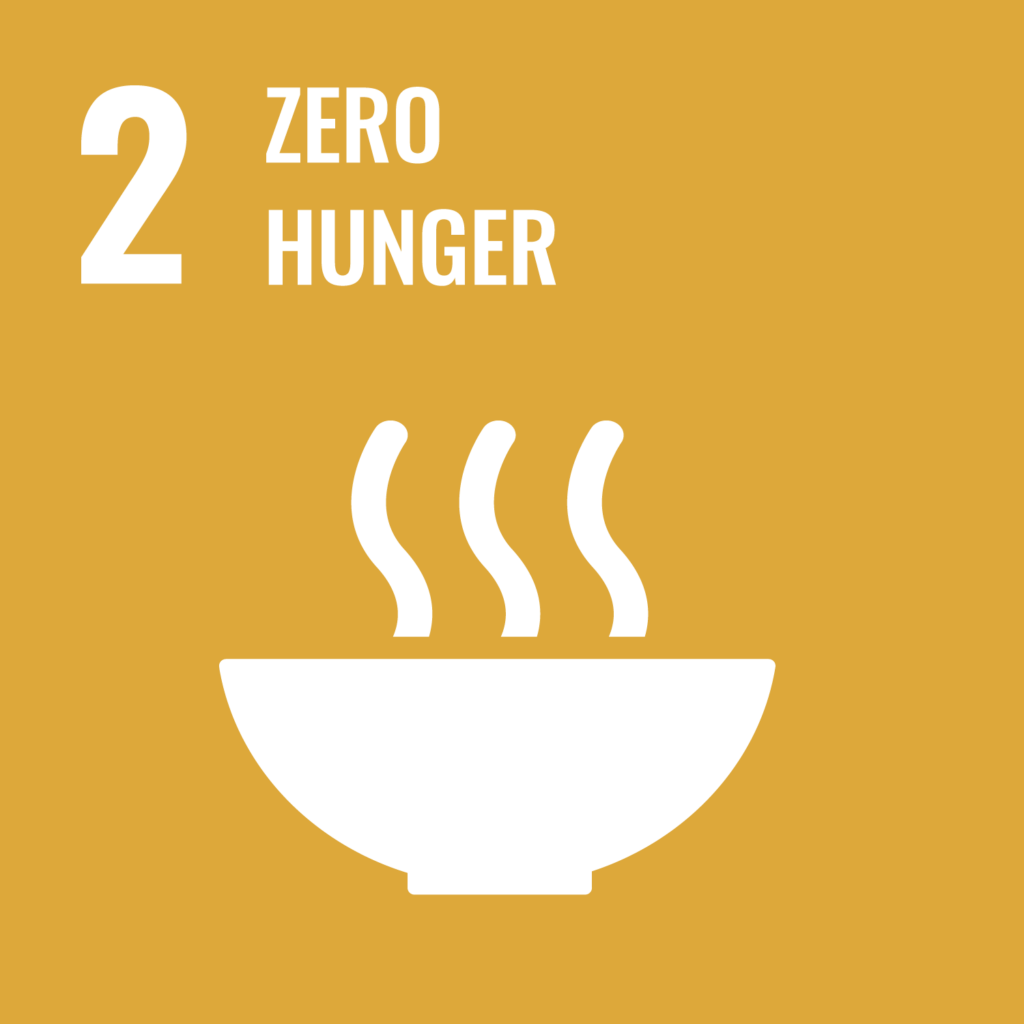


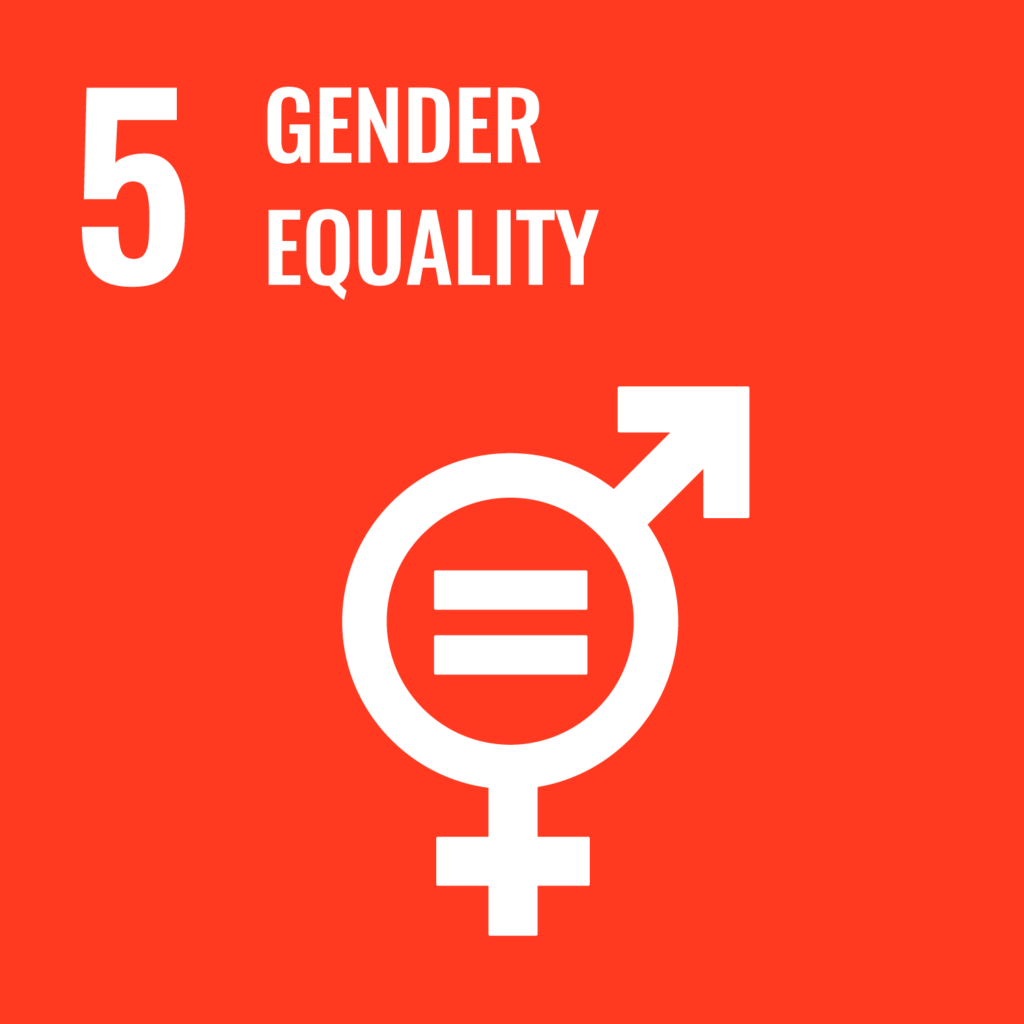



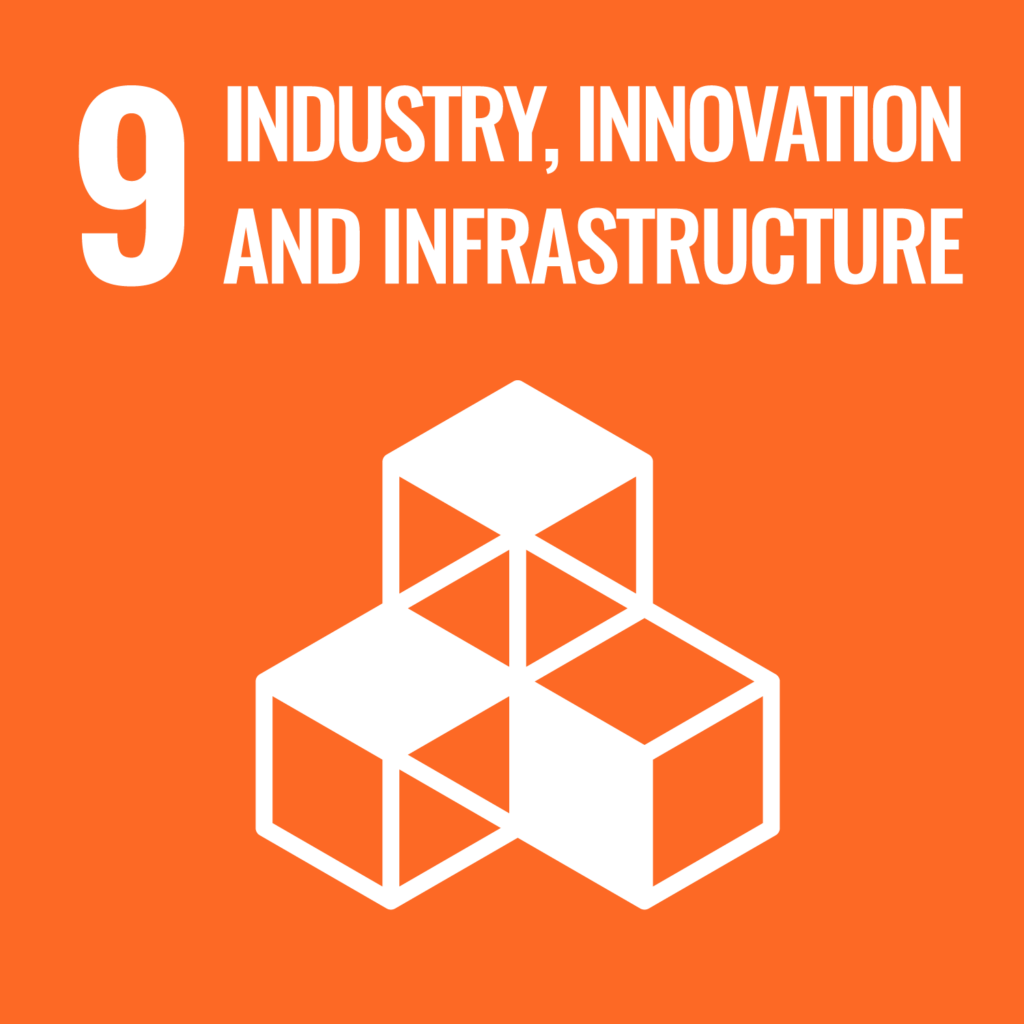


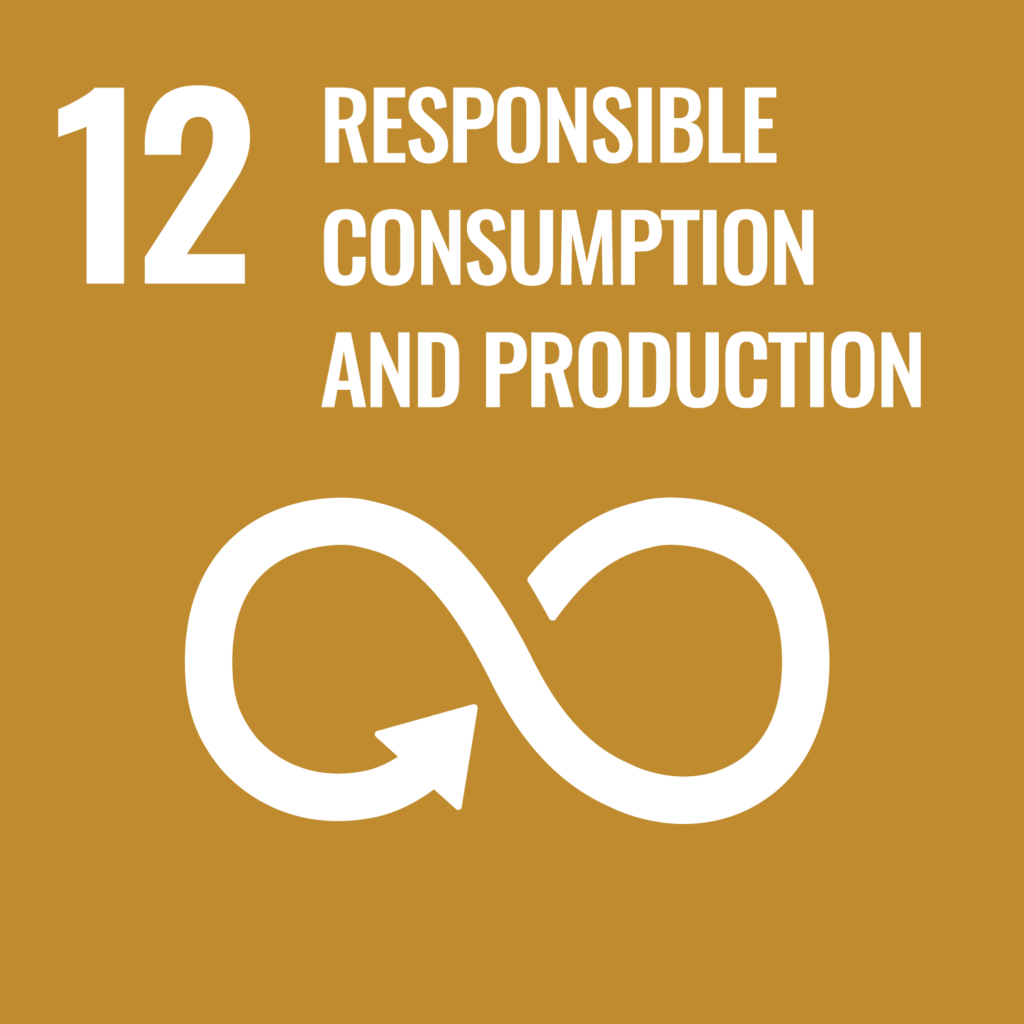
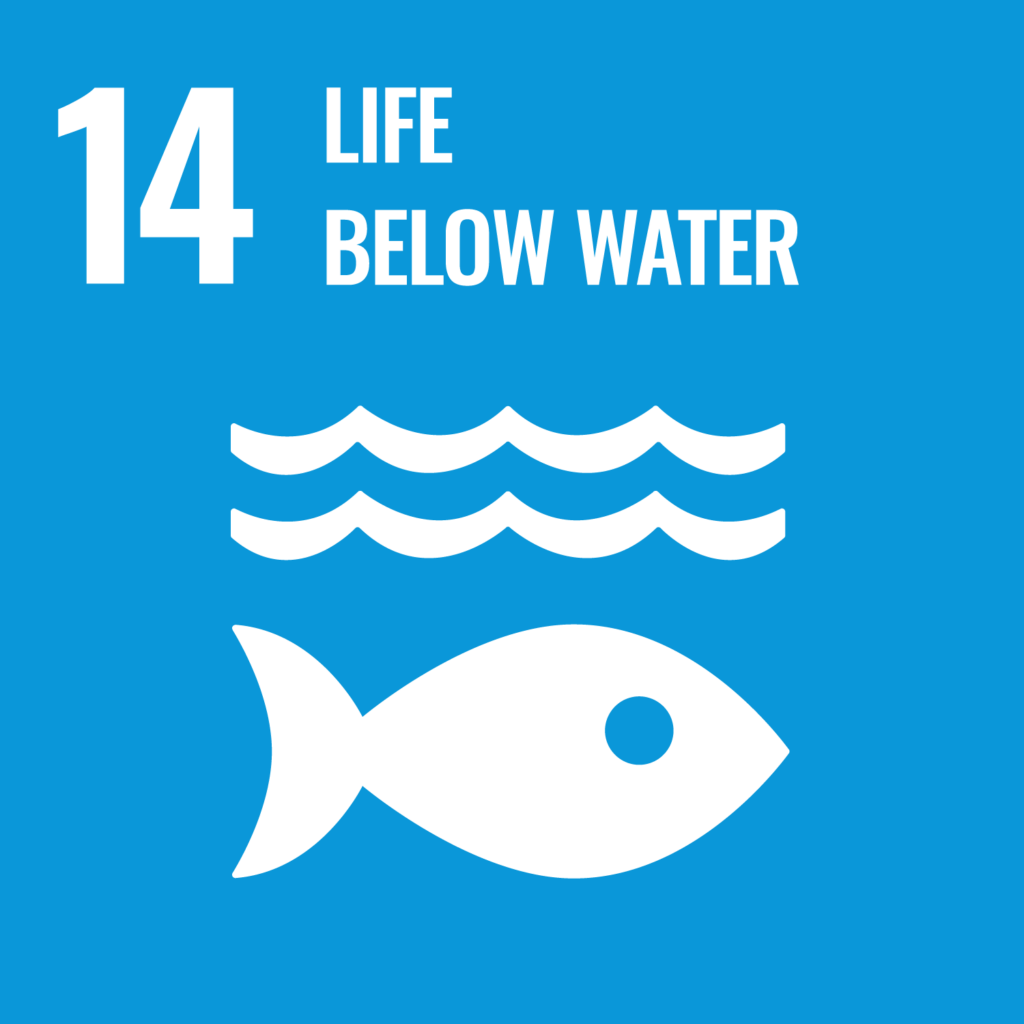


Downloads
Multifunctional Agroforestry Systems and their Potential
–ENGLISH –
Cora Brandt, Thomas Feuchtenberger, Natalie v. Maydell, Marius Müller, Gabriele Harrer Puchner, Friedrich Scherzinger, Emil Underberg, Jannis Wins – 2021
https://multifunctionalagroforestry.net/wp-content/uploads/2021/05/Multifunctional-Agroforestry-6.4.2021-.pdf
Multifunktionale Agroforstsysteme und ihre Potentiale
– DEUTSCH –
Cora Brandt, Thomas Feuchtenberger, Natalie v. Maydell, Marius Müller, Gabriele Harrer Puchner, Friedrich Scherzinger, Emil Underberg, Jannis Wins – 2021
https://multifunctionalagroforestry.net/wp-content/uploads/2021/05/Multifunktionale-Agroforstwirtschaft-6.4.2021-.pdf
Functional Biodiversity – Organic Principles & Best Practice
Professor Martin Wolfe,
Research Director of Elm Farm Research Centre – 2006
https://multifunctionalagroforestry.net/wp-content/uploads/2021/05/FUNCTIONAL-BIODIVERSITY-Martin-Wolfe-2006.pdf
The History of Temperate Agroforestry
Dr. J. Smith,
Agroecology Researcher, Elm Farm Research Centre – 2010
https://multifunctionalagroforestry.net/wp-content/uploads/2021/05/History_of_agroforestry_v1.0-1.pdf
Organic Agroforestry: eco-functional intensification
Martin Wolfe,
The Organic Research Centre and Wakelyns Agroforestry – 2011
https://multifunctionalagroforestry.net/wp-content/uploads/2021/05/Martin-Wolfe-England-2011.pdf
Agroforestry and organic agriculture
Adolfo Rosati, Robert Borek, Stefano Canali – 2020
https://multifunctionalagroforestry.net/wp-content/uploads/2021/05/Rosati2020_Article_AgroforestryAndOrganicAgricult.pdf
Trees, forests and water: Cool insights for a hot world
David Ellisona, Cindy E. Morrisc, Bruno Locatellie, Duglas Sheilg, Jane Cohenh, Daniel Murdiyarsoi, Victoria Gutierrezk, Meine van Noordwijkl, Irena F. Creedn, Jan Pokornyo, David Gaveaui, Dominick V. Spracklenp, Aida Bargués Tobellaa, Ulrik Ilstedta, Adriaan J. Teulingq, Solomon Gebreyohannis Gebrehiwotr, David C. Sandsd, Bart Muyst, Bruno Verbistt, Elaine Springgayu, Yulia Sugandiv, Caroline A. Sullivanw – 2016
https://multifunctionalagroforestry.net/wp-content/uploads/2021/05/Trees-forests-and-water-Cool-Insights-for-a-hot-world-s.pdf
Water for the Recovery of the Climate – A New Water Paradigm
M. Kravcík, J. Pokorný, J. Kohutiar, M. Kovác, E. Tóth – 2007
https://multifunctionalagroforestry.net/wp-content/uploads/2021/05/Water_for_the_Recovery_of_the_Climate_A_New_Water_Paradigm-es.pdf